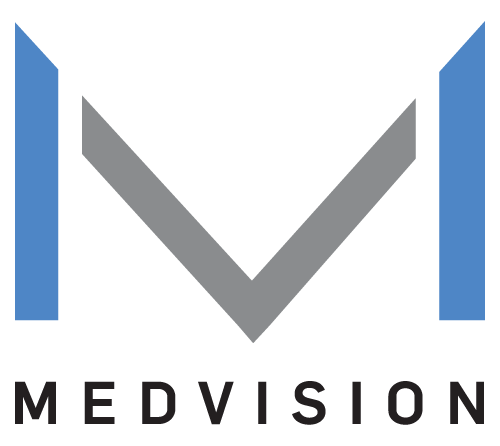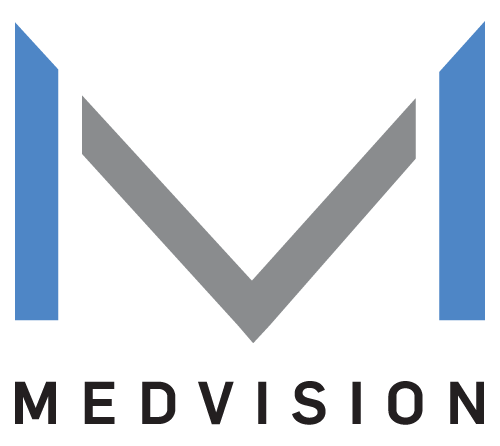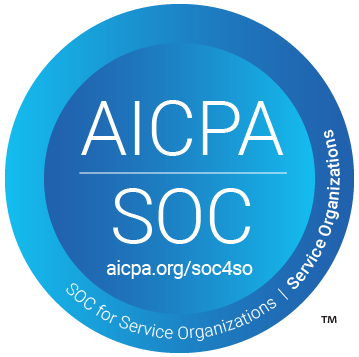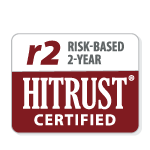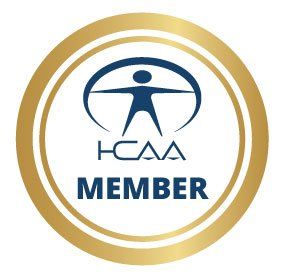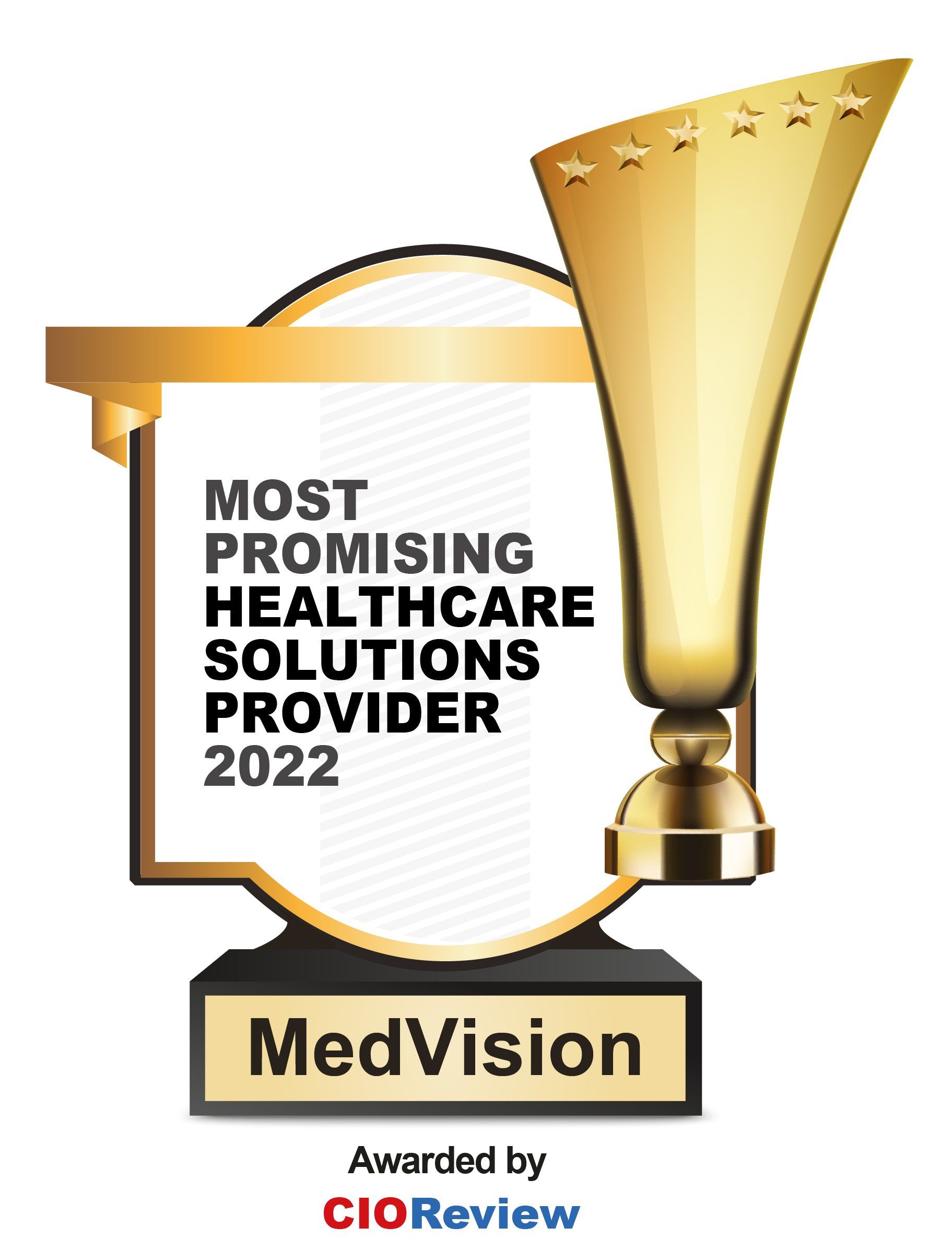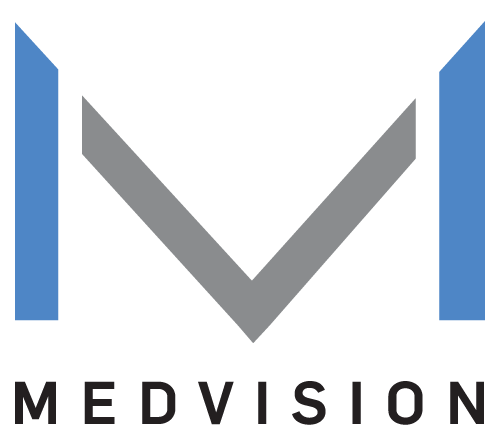The Role and Benefits of Capitation in Healthcare
In the healthcare industry, the capitation system plays a unique role for businesses like managed care organizations, Health Maintenance Organizations (HMO), Independent Practice Associations (IPA), and payer organizations. Since medical services can often be pricey, organizations that pay for healthcare services naturally want to minimize these costs. And by establishing a capitation fee system, payer organizations can minimize medical services expenses and increase the focus on patient care.
You don’t often find healthcare-related services that come for free. In fact, every consultation, assessment, test, procedure, and service that a patient receives often comes with a price. After all, that’s how doctors and healthcare service providers earn a living.
Doctors who are considered as primary care physicians (PCP) are paid a set amount according to the number of patients that are enrolled. The PCPs are paid regardless if the patients utilize or don’t ask for their services. PCPs are usually contracted by IPAs and are paid by a fee-for-service system or an agreed monthly capitation fee.
Capitation vs. Fee for Service
Some people support the idea that a capitation fee system is more cost-efficient and ideal compared to a fee-for-service model. In fact, there are studies that could justify their claims. According to a 2009 review of studies, groups that require minimal healthcare services mitigated costs with a capitation system. They reported more enrollments and less ailments compared to practices with a fee-for-service system.
Insurance companies, care coordination organizations, HMOs, IPAs, and other payer organizations pay their providers through fee-for-service or capitation fee. Although both payment systems have each of their own pros and cons, the capitation fee system is very typically beneficial for large practices and organizations.
Fee for Service
With a fee-for-service system, the responsible organization pays for the services that are rendered by a provider. Which means that when a patient needs more services, the provider earns more. As good as this system may be for the provider, this system can potentially lead to more costs for the organization who pays for the medical services. Additionally, patients may also end up getting extensive services that may not be completely necessary.
So basically, the fee-for-service system incentivizes the providers to give out more services and medical treatments which ultimately stacks up to more payments from the payer organization’s end. As a result, providers have more incentive to give out expensive services to more patients. This leads to more bills for the paying organization. Finally, the problem with this system is that the medical expenses could potentially be minimized if the providers had a different incentive to earn more. That’s where the capitation system comes into play.
Capitation Fee
To put it simply, the capitation system helps payer organizations control healthcare costs by creating a different incentive for providers. In fact, a study from the Center for Studying Health System Change shows that 7 percent of medical practitioners gave out less services because of financial incentives. Additionally, the study concludes that a capitation system plays a role in incentivizing doctors to minimize services.
Compared to a fee-for-service system, providers who are paid by a capitation fee don’t need to give out costly treatments to earn money. In fact, capitation gives them an incentive to reduce treatment costs to earn more.
With a capitation system, organizations can opt to pay the providers by the number of patients they accommodate, the services provided to patients, and the period of time when the services are rendered. Additionally, depending on the capitation agreement, the provider may also earn a bonus if patient costs are minimized.
Capitation Fee Benefits
A capitation fee system is ideal and very beneficial for HMOs, IPAs, and basically any type of payer organization. At the same time, providers can also decrease their record-keeping expenses with this system. This is because providers under an IPA won’t need to hire a lot of billing staff to process all their payments. In addition, providers won’t have to wait for the reimbursement of their services because they earn a capitation fee every month. As a result, you minimize the costs and extra processes that can hinder a provider’s operation. This means that providers and similar practices can attend to more patients without spending too much money on operational costs.
Finally, the bottom line of a capitation fee system is that IPAs and other payer organizations can help minimize the number of services that they have to pay for. Basically, this system discourages providers from extensively giving out services and expensive procedures to earn more than necessary. As a result, payer organizations can avoid enormous bills for services that aren’t very crucial for the patient’s care. At the same time, this also helps patients save time and energy by avoiding unnecessary services.
Technology for Capitation Systems
Paying providers with a capitation fee can help large organizations earn more revenue by minimizing costs. However, because a capitation system incentivizes providers to enroll more patients, organizations like HMOs and IPAs have to effectively track and manage thousands of patient data. As a result, organizations need to rely on advanced technological solutions so they can effectively process all their data flow. That’s why management software, like QuickCap 7, are now designed to efficiently take care of healthcare related data sharing, data processing, and billing processes.
QuickCap can handle all your capitation needs!
QuickCap 7 is a web-based application that you can use for all your capitation needs. From member data, provider contracting, and claim billing, QuickCap is a one-stop software for IPAs, HMOs, and any type of healthcare payer organizations.
QuickCap has the following features for all of your capitation needs:
- Easily upload claims, authorizations, and member information with extensive EDI features
- Specify provider contracts and capitation rates for different providers
- Keep track of all your member and patient records in one system
- More capitation fee specific features at your fingertips!
With QuickCap, you can simplify your healthcare workflow processes, accelerate your clinical data procedures, and improve your financial outcomes. Learn more about MedVision’s capitation features.
Recently published articles
Keep in touch
Subscribe to get the latest update
Trending topics
Share your insights on social media
Upcoming events and company news
